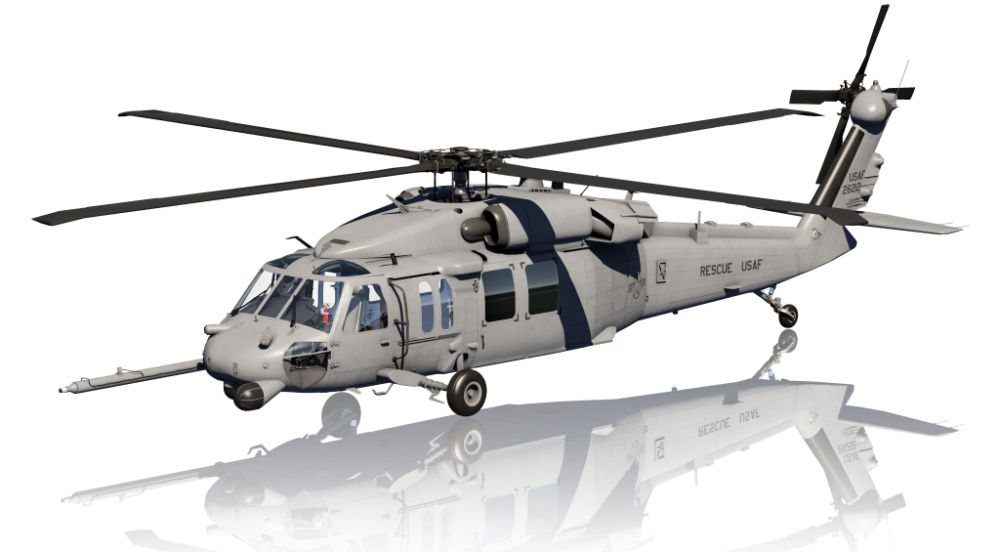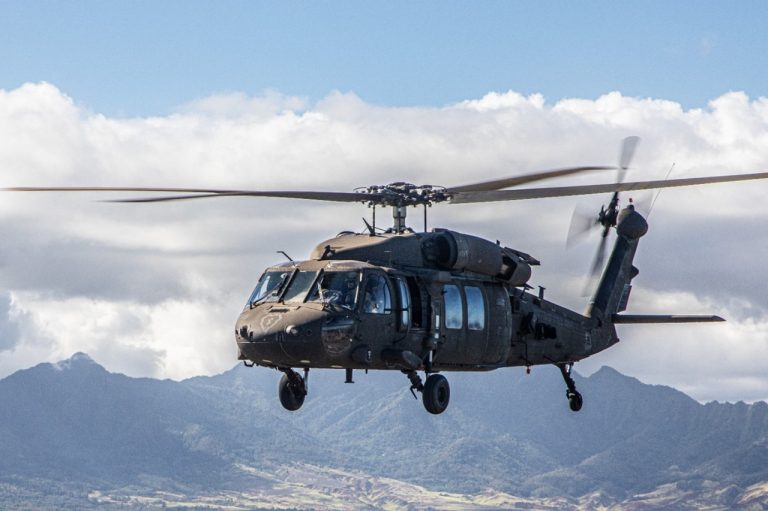UH 60 Black Hawk: Armed Forces Helicopter Attributes and Abilities
UH 60 Black Hawk: Armed Forces Helicopter Attributes and Abilities
Blog Article
A Comprehensive Overview to the Maintenance and Treatment of Airplane for Longevity
The long life of an aircraft pivots substantially on its upkeep and care, demanding a structured strategy to make sure ideal performance and safety. Recognizing the complexities of these techniques can be complicated; consequently, it is necessary to check out the vital aspects that contribute to efficient airplane care and the effects of disregarding these duties.
Value of Regular Maintenance
Regular upkeep is important for the security, efficiency, and long life of aircraft. A systematic technique to maintenance ensures that all components function efficiently, consequently reducing the danger of mechanical failure during operation. Routine examinations and servicing allow technicians to determine potential problems prior to they rise right into significant problems, ensuring that the airplane remains in compliance with air travel guidelines.
In addition, keeping an aircraft according to the producer's standards is critical for preserving its value. A well-documented upkeep background can boost resale leads and impart confidence in prospective purchasers. Additionally, routine upkeep adds to functional effectiveness, as it assists to enhance fuel consumption and performance metrics, causing set you back savings gradually.
Moreover, regular maintenance adds to the general security of flight operations (uh 60). By dealing with deterioration promptly, operators can mitigate dangers connected with aging aircraft systems. This positive technique not only safeguards the lives of passengers and crew yet additionally safeguards the airplane itself against catastrophic failings

Daily Assessment List
How can pilots and maintenance teams guarantee the aircraft is in optimum problem prior to each trip? The answer lies in an extensive everyday assessment list, which functions as a vital method to determine potential problems that could endanger safety and security and performance. This list must encompass several key locations, including exterior and indoor evaluations, along with useful checks of crucial systems.
Beginning with the outside, staffs must assess the airframe for any type of visible damage, leaks, or indicators of deterioration. Interest should be paid to regulate surfaces, landing equipment, and the condition of tires. Relocating to the inside, the crew should validate that all controls and tools are operational, ensuring that digital systems are functioning appropriately.

Along with architectural checks, it is important to examine fuel degrees and validate that all called for papers, including registration and weight and balance info, are up to day. An evaluation of emergency tools, including life vests and fire extinguishers, must be performed to ensure compliance with safety policies. By carefully following this day-to-day examination list, pilots and upkeep crews can substantially boost the safety and security and integrity of their airplane.
Scheduled Upkeep Programs
Set up maintenance programs are important for the lasting safety and efficiency of airplane operations. These programs are designed to ensure that all airplane elements go through normal assessments, maintenance, and essential fixings at predetermined periods. By adhering to a structured upkeep schedule, drivers can substantially decrease the threat of in-flight failures, boost aircraft dependability, and expand the lifespan of essential elements.
Commonly, scheduled upkeep is classified into different degrees, including A, C, b, and d checks, each with distinctive needs and thoroughness. A checks are typically a lot more constant and concentrate on standard small repair work see page and visual inspections, while D checks are a lot more comprehensive and take place less frequently, involving extensive disassembly and overhaul of the aircraft.
Governing bodies, such as i loved this the FAA and EASA, mandate conformity with details upkeep schedules based upon airplane kind and usage. Operators needs to keep meticulous records of all upkeep performed to demonstrate compliance and help with examinations. The integration of anticipating upkeep modern technologies can further improve the performance of scheduled programs by recognizing possible concerns prior to they rise, thereby guaranteeing that aircraft remain in optimal condition and ready for safe procedures.
Care for Aircraft Interiors
Caring for aircraft insides is critical not just for traveler convenience yet likewise for keeping the total worth and safety of the aircraft. Normal cleaning and maintenance of the indoor elements contribute dramatically to a favorable flying experience while preserving the airplane's visual appeal.
To guarantee optimal treatment, it is important to establish a regular cleansing routine that includes vacuuming carpets, cleaning down surfaces, and disinfecting high-touch areas. Furniture and seating must be checked for deterioration, with any damages immediately addressed to stop further deterioration. Furthermore, attention must be offered to the galley and lavatory areas, which call for complete cleansing and restocking of materials to maintain health.
Furthermore, using suitable cleansing agents is vital; extreme chemicals can harm surfaces and products, so it is recommended to use items specifically made for aircraft interiors. Normal evaluations ought to likewise be carried out to identify any type more information of upkeep requires, such as replacing damaged seat covers or fixing window shades. By focusing on the care of airplane insides, operators can enhance the general guest experience and protect the investment in their airplane.
Understanding Regulative Conformity
Regulatory compliance is a necessary element of aircraft maintenance, usually calling for drivers to stick to an intricate framework of local, nationwide, and worldwide criteria. This framework is primarily established by air travel regulative bodies such as the Federal Aeronautics Management (FAA) in the USA and the European Union Aviation Security Company (EASA) in Europe - uh 60. These companies state laws that govern various aspects of aircraft maintenance, consisting of airworthiness, safety and security protocols, and operational treatments

Moreover, drivers must remain educated regarding adjustments in laws and join training programs to guarantee that their team is experienced regarding compliance demands. Failing to follow these regulations can cause serious penalties, consisting of fines, grounding of airplane, or loss of certification. Consequently, understanding and adhering to regulatory conformity is paramount for the long life and safety of airplane operations.
Final Thought
In conclusion, the upkeep and treatment of aircraft are vital for ensuring durability, safety and security, and functional efficiency (uh 60). Routine inspections, adherence to everyday checklists, and organized maintenance programs promote the very early identification of possible issues. Additionally, attention to the airplane's interior and conformity with governing criteria considerably add to preserving its value. By executing these techniques, drivers can enhance the overall experience for travelers while guarding the investment in aviation properties.
The longevity of an aircraft hinges considerably on its maintenance and care, demanding an organized approach to guarantee ideal performance and security. By diligently following this daily evaluation list, pilots and upkeep crews can considerably enhance the safety and reliability of their airplane.
These programs are made to guarantee that all aircraft components undergo regular evaluations, maintenance, and needed fixings at fixed periods. By prioritizing the treatment of airplane insides, operators can improve the total guest experience and secure the investment in their aircraft.
In verdict, the upkeep and care of aircraft are extremely important for making sure durability, safety and security, and functional efficiency.
Report this page